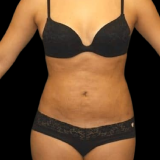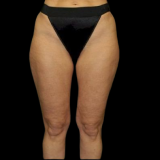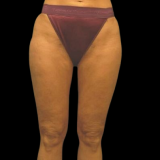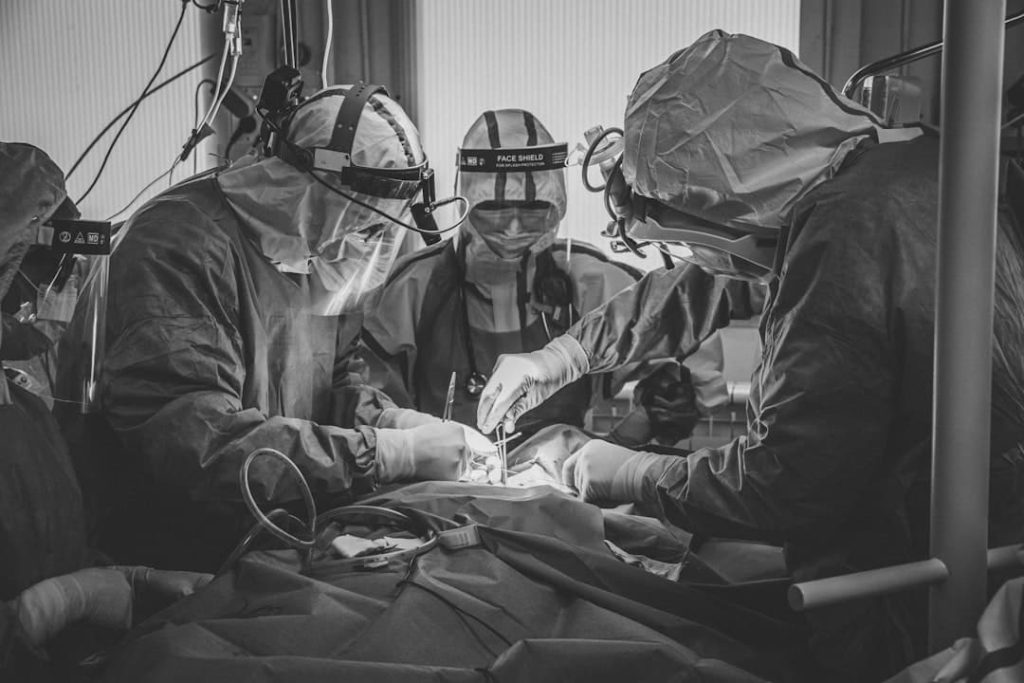Contents
- 1 Understanding Calf Implants: Pain and Expectations
- 2 Understanding Calf Implants and Their Purpose
- 3 The Surgical Procedure Explained
- 4 Are Calf Implants Painful? Addressing Common Concerns
- 5 Recovery and Aftercare: What to Expect
- 6 Managing Pain and Discomfort During Recovery
- 7 Long-Term Outcomes and Satisfaction
- 8 Conclusion
Understanding Calf Implants: Pain and Expectations
Are calf implants painful? This is a common question for anyone considering this cosmetic surgery. To give you a quick answer: Calf implants involve some discomfort, but the pain is manageable.
Most patients experience:
- Initial Post-Surgery Pain: Controlled with prescribed medications.
- Swelling and Bruising: Normal in the first few weeks.
- Activity Restrictions: Necessary for proper healing.
Calf implants are used to enhance the appearance of your lower legs, adding definition and symmetry. Men often seek this surgery to highlight their calf muscles, while women aim for a balanced look between their thighs and lower legs. It’s a safe procedure performed by experienced surgeons using medical-grade silicone implants.
As someone who’s been practicing plastic surgery since 1985, I’m Shlomo Widder, MD. Over the decades, I’ve answered countless questions about are calf implants painful. My experience tells me that while some discomfort is expected, proper pain management makes the recovery smooth.
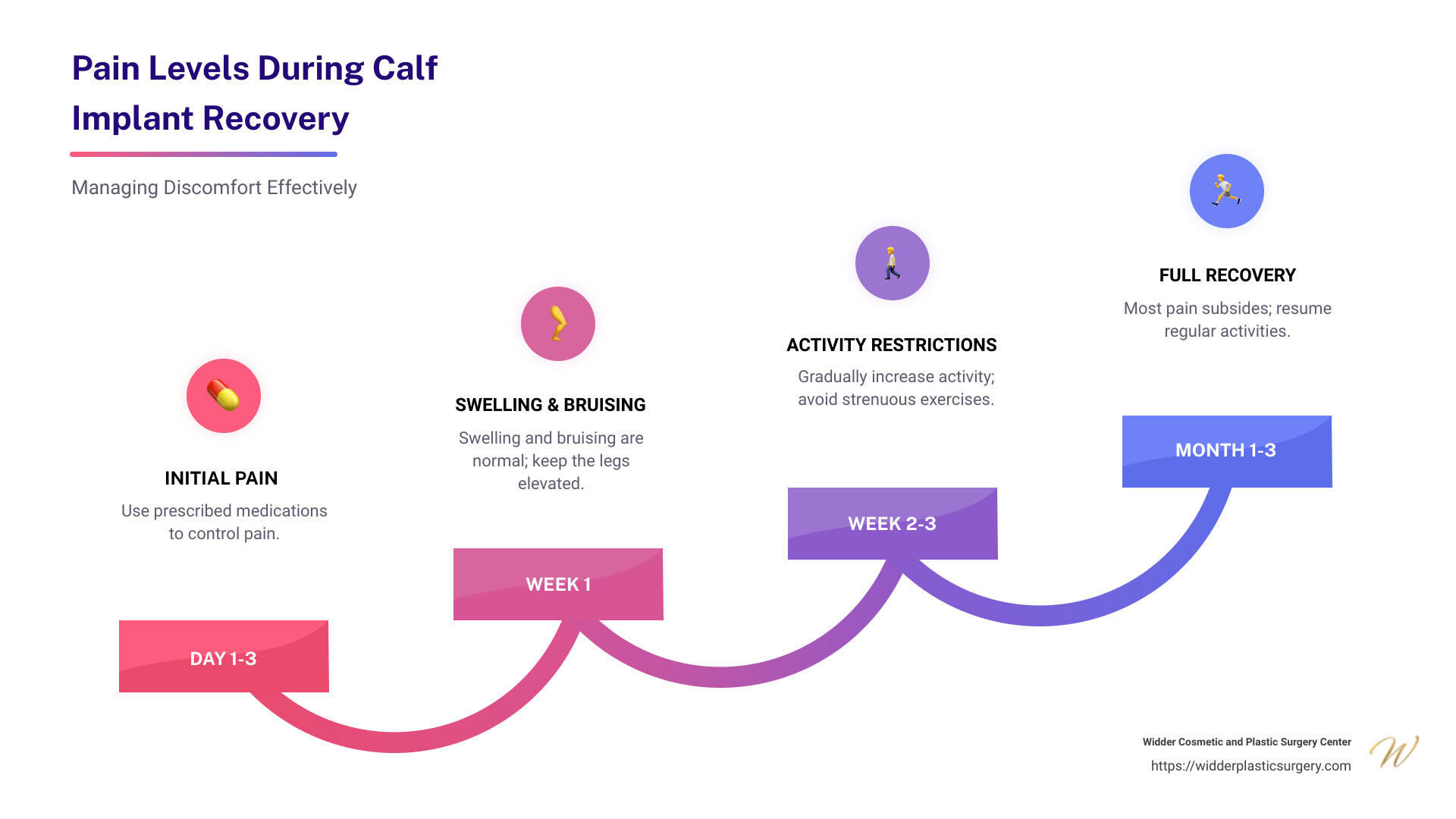
Understanding Calf Implants and Their Purpose
Calf implants are designed to enhance the size and shape of the lower legs. They serve two main purposes: cosmetic enhancement and reconstructive surgery.
Calf Augmentation
Calf augmentation involves placing implants in the calves to create a more defined and muscular appearance. This procedure is popular among both men and women for different reasons. Men, especially bodybuilders, often seek this surgery to highlight their calf muscles, while women aim for a balanced look between their thighs and lower legs. It’s a safe procedure performed by experienced surgeons using medical-grade silicone implants.
Medical-Grade Silicone
The implants used in calf augmentation are made from medical-grade silicone, a material known for its durability and compatibility with the human body. There are two main types of silicone implants:
Solid Silicone Implants: These are firm and can be sculpted to fit the desired shape and size. They mimic the feel of muscle tissue and are widely used because they provide a natural look.
Silicone Gel-Filled Implants: These implants offer a softer texture but lack the ability to be reshaped. They are similar to those used in breast augmentation.
Solid Silicone Implants: These are firm and can be sculpted to fit the desired shape and size. They mimic the feel of muscle tissue and are widely used because they provide a natural look.
Silicone Gel-Filled Implants: These implants offer a softer texture but lack the ability to be reshaped. They are similar to those used in breast augmentation.
Reconstructive Surgery
Calf implants are not just for cosmetic purposes. They are also used in reconstructive surgery to correct deformities caused by injuries or medical conditions such as polio or muscular dystrophy. For instance, individuals with congenital calf asymmetry or those who have suffered muscle loss due to illness can benefit greatly from this procedure.
Cosmetic Enhancement
For those seeking cosmetic enhancement, calf implants can significantly boost self-confidence. Many patients report feeling more comfortable in social and professional settings after the surgery. According to a study published in the National Center for Biotechnology Information, 82% of patients rated their results as “excellent” to “good.”

In summary, calf implants offer both reconstructive and aesthetic benefits, helping individuals achieve the leg shape and muscle definition they desire. This procedure is effective for those who can’t build calf muscles through exercise or who have asymmetrical calves due to various conditions.
Next, we’ll delve into the surgical procedure itself, including incision placement and anesthesia.
The Surgical Procedure Explained
Incision Placement
During calf implant surgery, the surgeon will make small incisions in the creases behind your knees. This strategic placement helps hide any scars, making them less noticeable. The incisions are designed to be as discreet as possible while allowing the surgeon to access the calf muscle area effectively.
Silicone Implants
Calf implants are made from solid silicone, which is safe and durable. Unlike liquid silicone used in other types of implants, solid silicone has been deemed completely safe by scientists. These implants come in various sizes and shapes to match your natural calf contour, ensuring a balanced and natural look.
Anesthesia
To ensure you are comfortable and pain-free during the surgery, you’ll receive either IV sedation or general anesthesia. This will be discussed with you during your preoperative consultation. The type of anesthesia used will depend on your medical history and the surgeon’s recommendation.
Surgical Techniques
The surgical techniques used in calf implant surgery are designed to place the implant securely while minimizing visible scarring.
Incision Methods
The surgeon will make small incisions behind your knees. This placement helps hide any scars and allows easy access to the calf muscle.
Implant Placement
There are two primary methods for placing the implants:
- Submuscular: The implant is placed under the muscle. This method can provide a more natural look and feel.
- Subfascial: The implant is placed above the muscle but under the fascia, a thin layer of connective tissue. This method may be recommended based on your desired outcome.
Endoscopic Techniques
Some surgeons use endoscopic techniques, which involve a small camera to guide the surgery. This can reduce the size of incisions and improve precision.
The Surgical Process
Once the anesthesia takes effect, the surgeon makes the incisions and creates a pocket either under or over the calf muscle, depending on the chosen method. The silicone implant is carefully inserted into this pocket. After placing the implant, the surgeon will close the incisions with sutures and wrap the area in compression bandages to minimize swelling and support the calves as they heal.
This outpatient procedure usually allows you to return home the same day, equipped with detailed post-surgery care instructions.
Next, we’ll address common concerns about whether calf implants are painful.
Are Calf Implants Painful? Addressing Common Concerns
General Anesthesia
During calf implant surgery, general anesthesia or sedation anesthesia is used. This means you’ll be asleep and won’t feel any pain during the procedure. The anesthesia ensures that the entire process is pain-free and comfortable.
Post-Operative Pain
Right after the surgery, it’s common to experience some pain and discomfort. Your calves may feel sore, stiff, and swollen. Bruises around the incision areas are also normal.
While this might sound scary, it’s important to know that this pain is temporary. According to Dr. Javaheri, most patients report that the pain lessens significantly within just a few days.
Pain Management
Managing pain after calf implant surgery is straightforward. Dr. Javaheri will prescribe medications to help you deal with any discomfort. These might include:
- Pain relievers: To reduce soreness and manage pain effectively.
- Anti-inflammatory drugs: To help with swelling and stiffness.
- Antibiotics: To prevent any risk of infection.
Following the prescribed medication schedule is crucial for a smooth recovery.
Medication
The specific medications you’ll receive can vary, but they generally include:
- Acetaminophen or ibuprofen: These are common painkillers that help reduce pain and swelling.
- Stronger pain medications: In some cases, stronger medications may be prescribed for the first few days after surgery.
- Antibiotics: These are usually prescribed to prevent infections at the incision sites.
Dr. Javaheri will provide detailed instructions on how and when to take these medications. Always follow these guidelines to ensure proper healing and pain control.
Real Patient Experiences
Many patients have shared their experiences to help others understand what to expect. For instance, a case study highlighted that while initial pain is common, it typically subsides within a week or two.
“The first couple of days were tough, but the prescribed medications really helped,” says one patient. “By the end of the first week, I was already feeling much better.”
Conclusion
Understanding that calf implants are not overly painful can ease your concerns. With proper anesthesia, effective pain management, and the right medications, the discomfort is manageable and short-lived.
Next, let’s discuss what to expect during the recovery and aftercare process.
Recovery and Aftercare: What to Expect
Compression Garments
After your calf implant surgery, you’ll need to wear compression garments. These garments help keep the implants in place and reduce swelling. Your surgeon will give you specific instructions on how long to wear them, usually around two weeks.
Elevation
Keeping your legs elevated is crucial in the initial recovery phase. Elevation helps reduce swelling and discomfort. When lying down or sitting, prop your legs up on pillows to keep them elevated.
Mobility Restrictions
While walking is encouraged soon after surgery, it’s important to avoid strenuous activities. “Walking helps get blood flowing to your lower legs, which aids in recovery,” notes Dr. Javaheri. However, have someone assist you to prevent falls during the initial days. Most patients can return to work within two weeks and resume most activities within six weeks.
Incision Care
Proper care of the incision site is vital for healing. Follow your surgeon’s instructions for cleaning and dressing the incision. Keeping the area clean helps prevent infection. If your stitches are not dissolvable, your doctor will remove them within two weeks.
“The nurse showed me how to clean the incision properly, and it really made a difference,” shares a patient. “I had no issues with infection and healed quickly.”
By following these steps, you can ensure a smooth recovery and achieve the best results from your calf implant surgery.
Next, let’s discuss managing pain and discomfort during recovery.
Managing Pain and Discomfort During Recovery
Pain Medication
After calf implant surgery, managing pain is crucial for a smooth recovery. Your surgeon will prescribe pain medications to help you stay comfortable. These may include over-the-counter options like ibuprofen or acetaminophen, as well as stronger prescriptions if needed.
“The prescribed medication really helped keep my pain under control,” says one patient. “I was able to rest and heal without too much discomfort.”
Ice Packs
Ice packs are your best friend in the first few days post-surgery. They help reduce swelling and numb the area to relieve pain.
Apply a cold compress for 15-20 minutes every few hours. Always place a cloth between the ice pack and your skin to avoid frostbite.
Rest
Rest is essential for healing. Elevate your legs to reduce swelling and avoid putting strain on your calves.
“I made sure to rest as much as possible,” shares another patient. “Elevating my legs really helped with the swelling.”
Gradual Activity Increase
While rest is important, so is gradual activity increase. Walking helps get blood flowing to your lower legs, which aids in recovery.
Start with short, slow walks and gradually increase the distance. Avoid strenuous activities like running or lifting heavy objects until your surgeon gives the green light.
By following these steps, you can manage pain and discomfort effectively during your recovery period.
Next, we’ll look at the long-term outcomes and satisfaction from calf implants.
Long-Term Outcomes and Satisfaction
Visible Results
One of the most rewarding aspects of calf implants is the immediate visible results. Patients often see a significant improvement in the shape and size of their calves right after the surgery. Although initial swelling may mask the final look, the full effects become clear within a few months.
Many patients, including bodybuilders and those with congenital calf asymmetry, report that their new calves look natural and well-defined. This immediate change can boost self-confidence and make everyday activities more enjoyable.
Patient Testimonials
Patient testimonials provide valuable insights into the long-term satisfaction with calf implants. For example, John, a bodybuilder, shared:
“I always struggled to build my calf muscles despite rigorous workouts. After the surgery, my calves finally matched the rest of my body, and I couldn’t be happier.”
“I always struggled to build my calf muscles despite rigorous workouts. After the surgery, my calves finally matched the rest of my body, and I couldn’t be happier.”
Similarly, Sarah, who had asymmetrical calves due to an injury, said:
“The surgery not only balanced my calves but also boosted my confidence. I now feel comfortable wearing shorts and skirts.”
“The surgery not only balanced my calves but also boosted my confidence. I now feel comfortable wearing shorts and skirts.”
These stories highlight the transformative impact of calf implants on patients’ lives.
Follow-Up Care
Follow-up care is crucial for ensuring long-term satisfaction and maintaining the results of your calf implants. Regular check-ups with your surgeon are essential to monitor your recovery and address any concerns.
During these visits, your surgeon will:
- Assess the position and condition of the implants
- Check for any signs of complications
- Provide personalized advice on maintaining your results
Adhering to your surgeon’s guidelines for post-operative care can significantly enhance your long-term outcomes.
Widder Cosmetic and Plastic Surgery Center
At Widder Cosmetic and Plastic Surgery Center, we are committed to helping you achieve your aesthetic goals with the highest level of care and expertise. Our experienced team, led by Dr. Shlomo Widder, specializes in calf implants and muscle enhancements, ensuring you receive personalized and expert treatment.
From the initial consultation to post-surgery follow-ups, we prioritize your comfort and satisfaction. Our state-of-the-art facilities and comprehensive care approach make your journey smooth and stress-free.
For more information or to schedule a consultation, visit our calf implant service page.
Next, we’ll conclude with realistic expectations and patient satisfaction.
Conclusion
Realistic Expectations
It’s essential to have realistic expectations when considering calf implants. While the surgery can significantly improve the shape and size of your calves, it won’t turn them into something unnatural or exaggerated. The goal is to enhance your natural look, not to create an unrealistic appearance.
Dr. Shlomo Widder and our team will guide you through what you can realistically expect from the procedure during your consultation. This helps ensure that you are fully informed and satisfied with the results.
Patient Satisfaction
Patient satisfaction is our top priority. Most people who undergo calf implant surgery report being very happy with their results. They often feel more confident and pleased with the new contour of their legs.
We also provide comprehensive post-operative care to help you through the recovery process. This includes follow-up appointments to monitor your progress and address any concerns you may have.
Follow-Up Care
After your surgery, follow-up care is crucial for a smooth recovery. We provide detailed instructions on how to care for your incisions, manage pain, and gradually return to normal activities. Regular check-ups allow us to ensure that everything is healing as expected and to intervene promptly if any issues arise.
For more information or to schedule a consultation, visit our calf implant service page.
By setting realistic expectations and providing exceptional follow-up care, we aim to ensure that your experience with calf implants is a positive one. With the right preparation and support, you can look forward to achieving your aesthetic goals and enjoying your new look.

